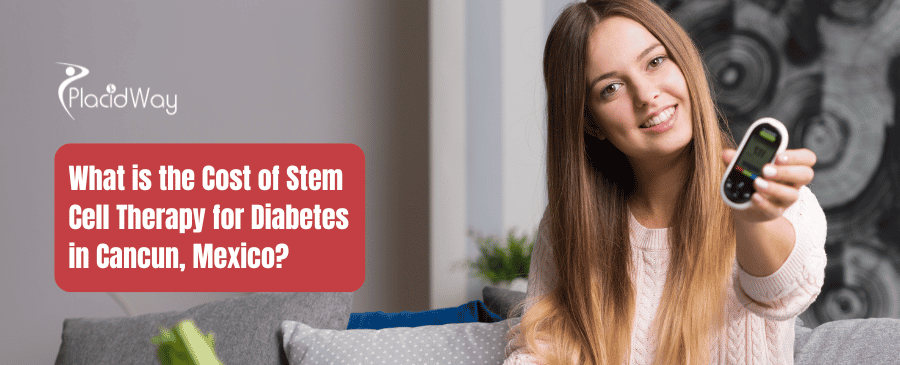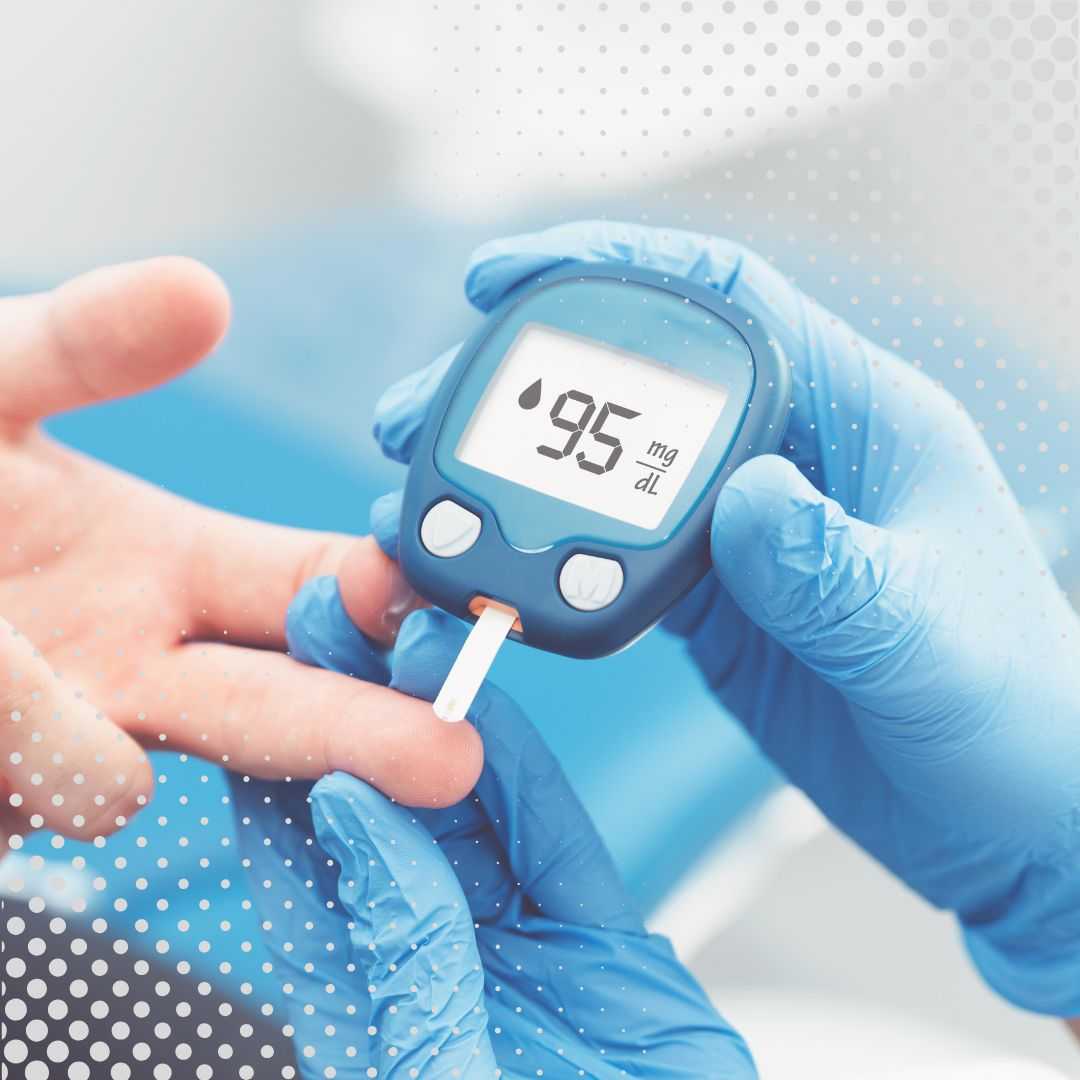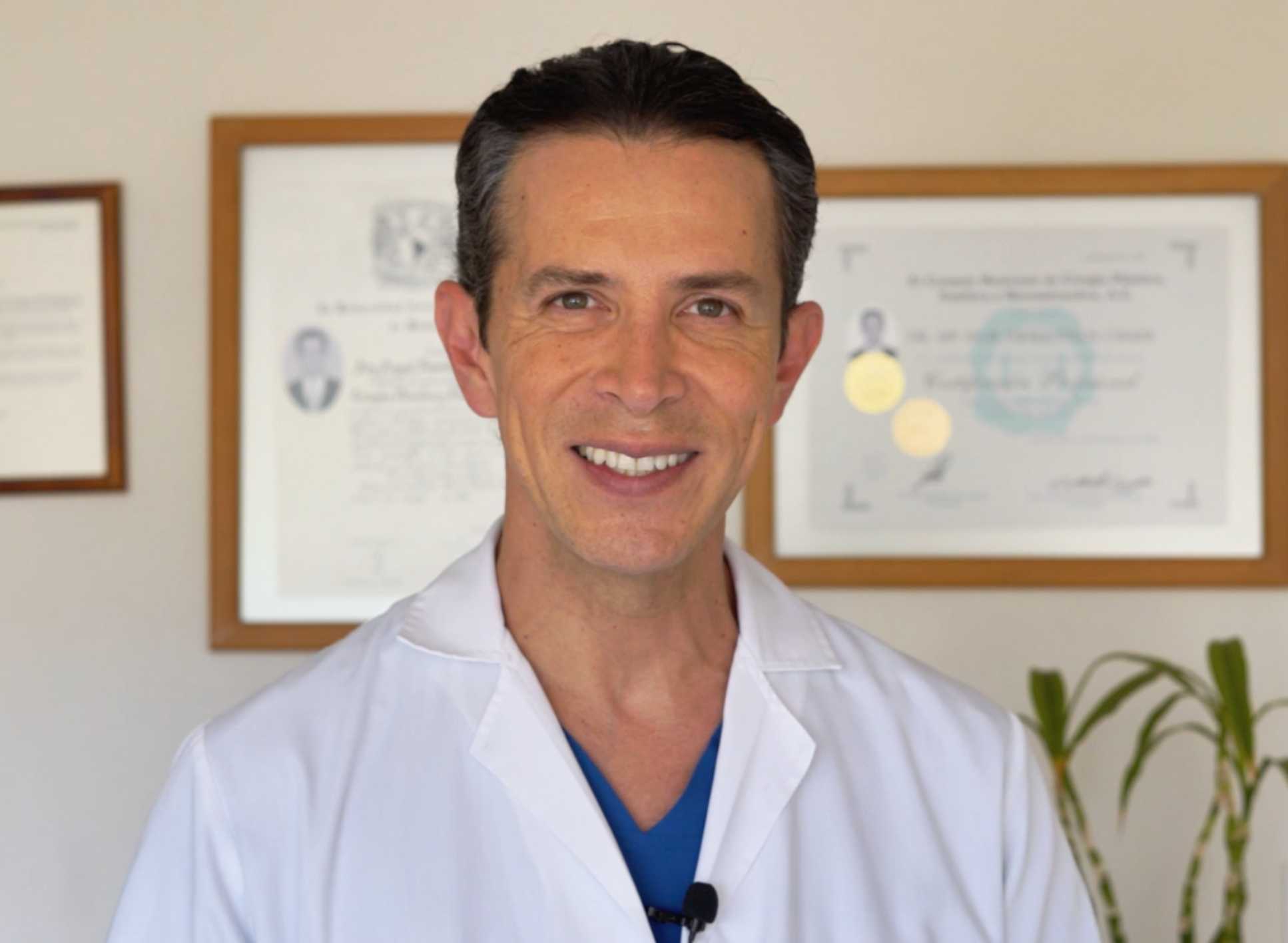Stem Cell Therapy for Diabetes Price in Cancun, Mexico

Welcome to our comprehensive guide on stem cell therapy for diabetes in Cancun, Mexico! If you're exploring innovative treatment options for diabetes, you've likely heard about the potential of stem cell therapy. Cancun has emerged as a prominent destination for medical tourism, offering advanced medical procedures, including stem cell therapy, often at a more accessible cost than in many Western countries. This guide aims to provide you with all the essential information you need, from understanding the cost implications to what the treatment entails, ensuring you make an informed decision about your healthcare journey. We'll dive deep into the frequently asked questions surrounding this promising treatment, giving you a clear picture of what to expect.
What is the cost of stem cell therapy for diabetes in Cancun, Mexico?
The price of stem cell therapy for diabetes in Cancun is quite variable, influenced by several factors. These include the reputation and accreditation of the clinic, the number and type of stem cells administered (e.g., mesenchymal stem cells from umbilical cord tissue, adipose tissue, or bone marrow), the complexity of the patient's condition, and any additional services included in the treatment package. Some clinics may offer all-inclusive packages that cover consultations, diagnostics, the therapy itself, and even post-treatment follow-ups, while others might itemize each service.
It's important to understand that while Cancun offers significant cost savings compared to countries like the United States, where similar treatments can range from $12,000 to $50,000 or more, the quality of care should always be a priority. Always request a detailed breakdown of costs and what is included in your chosen package to avoid any hidden fees. Many clinics provide free initial consultations to discuss your specific case and provide a personalized quote.
Why is stem cell therapy for diabetes more affordable in Cancun?
Several factors contribute to the lower cost of stem cell therapy in Cancun compared to other developed nations. Firstly, the overall cost of living and operating a medical facility in Mexico is significantly lower, which translates to reduced overheads for clinics. This includes lower labor costs, real estate prices, and administrative expenses. Secondly, the regulatory environment for stem cell therapies in Mexico can be different from, for example, the FDA's strict regulations in the United States, allowing clinics to offer treatments that might still be considered experimental or unapproved elsewhere. This doesn't necessarily mean lower quality, but it does mean a different path to market for these therapies.
Lastly, Cancun has heavily invested in developing its medical tourism sector. The competition among clinics to attract international patients leads to more competitive pricing. Many clinics also cater specifically to international patients, offering services like airport transfers, accommodation assistance, and bilingual staff, further enhancing the appeal and value proposition.
What types of stem cells are used for diabetes treatment in Cancun?
The most frequently utilized stem cells for diabetes treatment in Cancun are Mesenchymal Stem Cells (MSCs). These powerful cells are multipotent, meaning they can differentiate into various cell types and possess immunomodulatory and anti-inflammatory properties, making them highly attractive for regenerative medicine applications.
- Umbilical Cord Derived Stem Cells: These are often preferred due to their high potency, abundant supply, and lower risk of rejection compared to autologous (patient's own) cells, as they are "immune privileged." They are harvested from donated umbilical cords after a healthy birth, with no harm to the baby or mother.
- Adipose-Derived Stem Cells: These are harvested from the patient's own fat tissue through a minor liposuction procedure. They are readily available and can be a good option for those who prefer autologous treatments.
- Bone Marrow-Derived Stem Cells: These are also autologous and harvested from the patient's bone marrow, typically from the hip. They have been used in regenerative medicine for a longer period but may be less comfortable to extract than adipose-derived cells.
The choice of stem cell source will depend on the clinic's protocols, the patient's specific condition, and their preferences. Clinics in Cancun often emphasize the safety and efficacy of the MSCs they use, frequently providing information on their sourcing and processing.
Is stem cell therapy for diabetes safe in Cancun, Mexico?
The safety of stem cell therapy in Cancun, like any medical procedure, hinges on choosing a reputable and ethically sound clinic. Many clinics in Cancun that offer stem cell therapies for diabetes are internationally accredited and follow strict safety protocols. They often use biologics (stem cell products) that are regulated by COFEPRIS (Federal Commission for the Protection Against Sanitary Risk), Mexico's health regulatory body, which ensures a certain level of quality and safety.
However, it is crucial to exercise due diligence. Look for clinics with:
- Experienced medical teams: Physicians and specialists with specific training and experience in regenerative medicine and diabetes.
- Transparent practices: Clinics should be open about their stem cell sourcing, processing, and administration methods.
- Accreditations and certifications: Look for international accreditations or affiliations with recognized medical organizations.
- Positive patient testimonials and reviews: While not a guarantee, these can offer insights into patient experiences.
Potential risks, though rare in reputable settings, can include infection, adverse reactions to the cells, or complications from the administration procedure. A thorough consultation with the clinic's medical staff should address all potential risks and benefits specific to your case.
How long does stem cell therapy for diabetes take in Cancun?
The duration of stem cell therapy for diabetes in Cancun can vary. The core treatment, which involves the actual administration of stem cells, is usually quite quick. This might be done through intravenous (IV) infusions, local injections, or a combination, depending on the treatment protocol. A single session might last from 30 minutes to a few hours.
However, the overall patient journey often extends beyond just the administration time. It usually includes:
- Initial consultation and diagnostics: This can take one day, involving physical examinations, blood tests, and a review of your medical history.
- Preparation: Some clinics might have specific pre-treatment protocols, such as dietary adjustments or detoxification, spanning a few days.
- Treatment sessions: As mentioned, these can be spread over 1 to 3 days.
- Post-treatment observation and recovery: While recovery is often swift, clinics might recommend a day or two of rest before traveling.
Therefore, while the direct treatment is short, patients often plan for a stay of 3 to 7 days in Cancun to accommodate the entire process comfortably. This also allows for some recovery time in a relaxed environment.
What should I expect during a stem cell therapy consultation for diabetes in Cancun?
A thorough consultation is a crucial first step in your stem cell therapy journey for diabetes in Cancun. Here's what you can typically expect:
- Medical History Review: The medical team will meticulously review your complete medical history, including your diabetes type, duration, current medications, complications, and previous treatments.
- Current Health Assessment: A physical examination and a series of diagnostic tests, such as blood work (including HbA1c, fasting glucose, C-peptide, etc.), imaging studies, and potentially other specialized tests, will be conducted to assess your current health status and the severity of your diabetes.
- Discussion of Treatment Goals: You'll have an in-depth conversation with the doctor about your personal health goals and what you hope to achieve with stem cell therapy. This helps the medical team tailor the treatment plan to your specific needs.
- Personalized Treatment Plan: Based on the assessment, the medical team will propose a personalized stem cell therapy protocol, outlining the type of stem cells to be used, the number of cells, the administration method, and the expected duration of treatment.
- Explanation of Procedure and Risks: The doctor will explain the entire procedure in detail, including how the stem cells are obtained (if autologous), prepared, and administered. They will also discuss potential benefits, risks, and side effects.
- Cost and Logistics: The financial coordinator will provide a detailed cost breakdown and assist with any logistical questions regarding your stay in Cancun.
Many clinics offer virtual consultations before you travel, allowing you to get initial assessments and answers to your questions from the comfort of your home.
What are the potential benefits of stem cell therapy for diabetes?
The potential benefits of stem cell therapy for diabetes are rooted in the regenerative and immunomodulatory properties of stem cells. For Type 1 diabetes, the goal is often to modulate the immune system to prevent further destruction of insulin-producing beta cells and potentially regenerate new ones. For Type 2 diabetes, the focus is on improving insulin sensitivity and beta-cell function.
Potential benefits reported by some patients and studies include:
- Improved Blood Glucose Control: Many patients experience more stable blood sugar levels, reducing the frequency of extreme highs and lows.
- Reduced Insulin Dependence: For some, especially those with Type 1 diabetes, stem cell therapy might lead to a decrease in the required insulin dosage or, in rare cases, even a temporary remission. For Type 2 diabetes, it can improve the body's natural insulin production and utilization.
- Regeneration of Pancreatic Cells: Stem cells may help in the repair or regeneration of damaged pancreatic beta cells, which are responsible for insulin production.
- Reduction of Diabetes Complications: By improving overall metabolic control and promoting tissue repair, stem cell therapy may help in mitigating or even reversing some long-term complications of diabetes, such as neuropathy, nephropathy, and retinopathy.
- Anti-inflammatory Effects: Stem cells can reduce inflammation throughout the body, which is a significant factor in the progression of diabetes and its complications.
It's important to note that results can vary significantly from person to person, and stem cell therapy is not a guaranteed cure for diabetes. It is often seen as a complementary or advanced treatment option.
What are the risks of stem cell therapy for diabetes?
While generally considered safe when performed in reputable clinics, stem cell therapy is not without potential risks. It's crucial to be aware of these before undergoing treatment:
- Infection: As with any procedure involving injections or infusions, there's a small risk of infection at the administration site.
- Allergic Reaction: Though rare, some individuals may have an allergic reaction to the stem cells or other components of the treatment.
- Temporary Side Effects: Patients might experience mild, temporary side effects such as fever, fatigue, headaches, or flu-like symptoms after the treatment, which usually resolve within a day or two.
- Immune Response: While MSCs are generally immune-privileged, there's a theoretical risk of an immune response, especially with allogeneic (donor) cells, though this is uncommon.
- Tumor Formation: This is a theoretical risk, particularly with certain types of pluripotent stem cells, but it is extremely rare with the multipotent MSCs typically used for diabetes therapy. Reputable clinics use highly purified and tested stem cells to minimize this risk.
- Unintended Cell Differentiation: In rare cases, stem cells could differentiate into unintended cell types, though this is less of a concern with adult MSCs.
Choosing a clinic that follows strict quality control, testing, and administration protocols is paramount to minimizing these risks. Always discuss your concerns with the medical team during your consultation.
How long do the effects of stem cell therapy for diabetes last?
The longevity of the benefits from stem cell therapy for diabetes is highly individual and can depend on several factors, including the type and severity of diabetes, the patient's overall health, lifestyle choices, and the specific stem cell protocol used. Some patients report sustained improvements for many months or even a few years. However, stem cell therapy is not typically a one-time cure, and the effects may gradually diminish over time.
Many clinics recommend follow-up treatments or "booster" infusions to maintain the therapeutic effects. The frequency of these follow-ups will be determined by your medical team based on your individual response and ongoing health status. It's crucial to understand that stem cell therapy is often part of a broader health management strategy for diabetes, emphasizing the importance of continued conventional medical care and healthy lifestyle practices.
What is the recovery process like after stem cell therapy for diabetes?
One of the advantages of stem cell therapy, particularly when administered intravenously or through localized injections, is the relatively quick recovery time. Most patients experience minimal discomfort and are able to resume light activities within 24 to 48 hours after the procedure. You might feel a bit tired or experience mild flu-like symptoms for a short period, but these usually subside quickly.
Clinics typically provide post-treatment instructions, which may include:
- Rest: Light activity is usually encouraged, but strenuous exercise should be avoided for a few days.
- Hydration: Drinking plenty of fluids is important.
- Medication: You'll be advised on whether to continue your regular diabetes medications and how to monitor your blood sugar closely.
- Follow-up: The clinic will likely schedule follow-up appointments, either in person or remotely, to monitor your progress and answer any questions.
Patients are often encouraged to maintain a healthy lifestyle, including a balanced diet and regular exercise, to maximize and prolong the potential benefits of the therapy.
Are there any dietary restrictions or lifestyle changes required after stem cell therapy?
While there aren't typically strict and immediate dietary restrictions imposed directly by the stem cell therapy itself, most clinics will strongly advise and encourage patients to adopt and maintain a healthy lifestyle. This is because the success and longevity of the stem cell treatment can be significantly enhanced by supporting the body's natural healing processes and reducing factors that contribute to diabetes progression.
Recommendations often include:
- Balanced Diet: Adhering to a diet low in refined sugars and processed foods, and rich in whole grains, lean proteins, fruits, and vegetables, is crucial for diabetes management and overall health.
- Regular Exercise: Engaging in regular physical activity helps improve insulin sensitivity and manage blood sugar levels.
- Smoking Cessation: Smoking is detrimental to overall health and exacerbates diabetes complications. Clinics will strongly advise quitting.
- Moderate Alcohol Consumption: Excessive alcohol intake can interfere with blood sugar control and overall health.
- Stress Management: Chronic stress can impact blood sugar. Techniques like meditation or yoga may be recommended.
Some clinics might also suggest specific supplements or a detoxification protocol before or after treatment to prepare the body for optimal stem cell integration and function. Always follow the personalized advice given by your medical team.
How do I choose a reputable clinic for stem cell therapy in Cancun?
Selecting the right clinic is paramount for a safe and effective stem cell therapy experience. Here are key factors to consider:
- Accreditation and Licensing: Verify that the clinic is properly licensed by the Mexican health authorities (COFEPRIS) and ideally holds international accreditations (e.g., from organizations like the Joint Commission International - JCI, though less common for specialized stem cell clinics).
- Medical Team Expertise: Research the qualifications, experience, and specialization of the doctors and medical staff. Look for board-certified physicians with a background in regenerative medicine, endocrinology, or related fields.
- Stem Cell Sourcing and Processing: Inquire about where the stem cells are sourced (e.g., umbilical cord, adipose tissue, bone marrow) and how they are processed. Reputable clinics will have a clean, sterile laboratory for cell processing and adhere to Good Manufacturing Practices (GMP) and Good Laboratory Practices (GLP).
- Transparency: The clinic should be transparent about their treatment protocols, expected outcomes, potential risks, and a detailed breakdown of all costs involved. Avoid clinics that promise "miracle cures" or make unrealistic guarantees.
- Patient Testimonials and Reviews: Look for independent reviews and testimonials from past patients. While not foolproof, they can offer insights into patient experiences and satisfaction.
- Communication: Assess how responsive and clear the clinic's communication is. A good clinic will patiently answer all your questions and provide comprehensive information.
- Ethical Practices: Ensure the clinic follows ethical guidelines regarding stem cell therapy.
Consider using a medical tourism facilitator like PlacidWay, as they often vet clinics and can help you navigate the options, ensuring you connect with reputable providers.
Can stem cell therapy cure diabetes?
It's important to have realistic expectations regarding stem cell therapy for diabetes. While research is ongoing and promising, stem cell therapy is not yet a universally recognized "cure" for diabetes. Instead, it is considered a powerful regenerative treatment that aims to improve pancreatic function, modulate the immune system, and reduce inflammation, thereby leading to better blood sugar control and a reduction in diabetes-related complications.
For some patients, particularly those with Type 1 diabetes, it might lead to a period of reduced insulin dependence or even a "honeymoon" phase of remission. For Type 2 diabetes, it can significantly improve insulin sensitivity and the body's natural ability to manage glucose. The goal is primarily to improve the patient's quality of life, reduce the burden of the disease, and potentially slow or reverse its progression.
Patients should view stem cell therapy as a component of a comprehensive diabetes management plan, working in conjunction with conventional medical treatments and a healthy lifestyle, rather than a standalone cure.
Is stem cell therapy for diabetes approved by major health organizations?
The regulatory landscape for stem cell therapies varies significantly across different countries. In many Western nations, including the United States, stem cell therapies for diabetes that are not part of approved clinical trials are generally considered experimental or investigational by major health organizations like the FDA. This means they are not yet fully approved for widespread commercial use due to insufficient long-term data on efficacy and safety from large-scale clinical trials.
However, countries like Mexico have a different regulatory framework, which allows certain stem cell treatments to be offered legally and under the oversight of their national health regulatory bodies, such as COFEPRIS. This difference in regulation is one reason why patients seek these therapies abroad. It's crucial for patients to understand these regulatory differences and to choose clinics that operate within the legal and ethical guidelines of the country they are visiting.
Always consult with your primary healthcare provider to discuss stem cell therapy and ensure it aligns with your overall medical care plan.
For those considering stem cell therapy for diabetes, exploring options in Cancun, Mexico, can be a viable path. PlacidWay can assist you in connecting with reputable clinics and understanding your treatment possibilities.


.png)




.jpg)
.png)

.png)






Share this listing